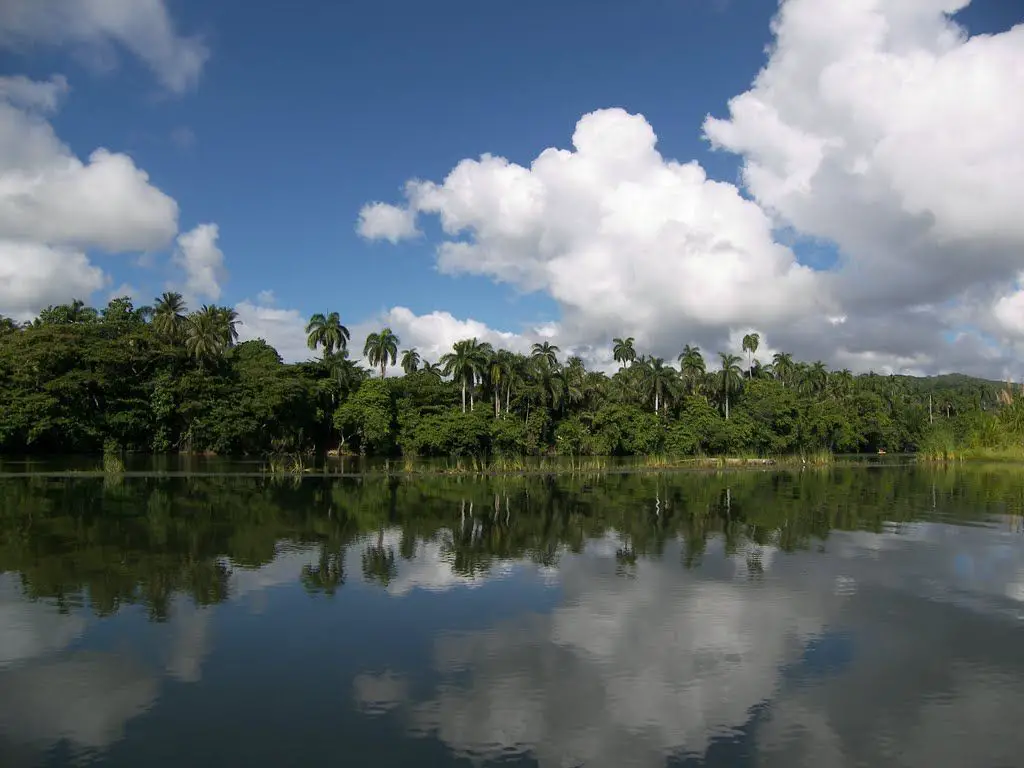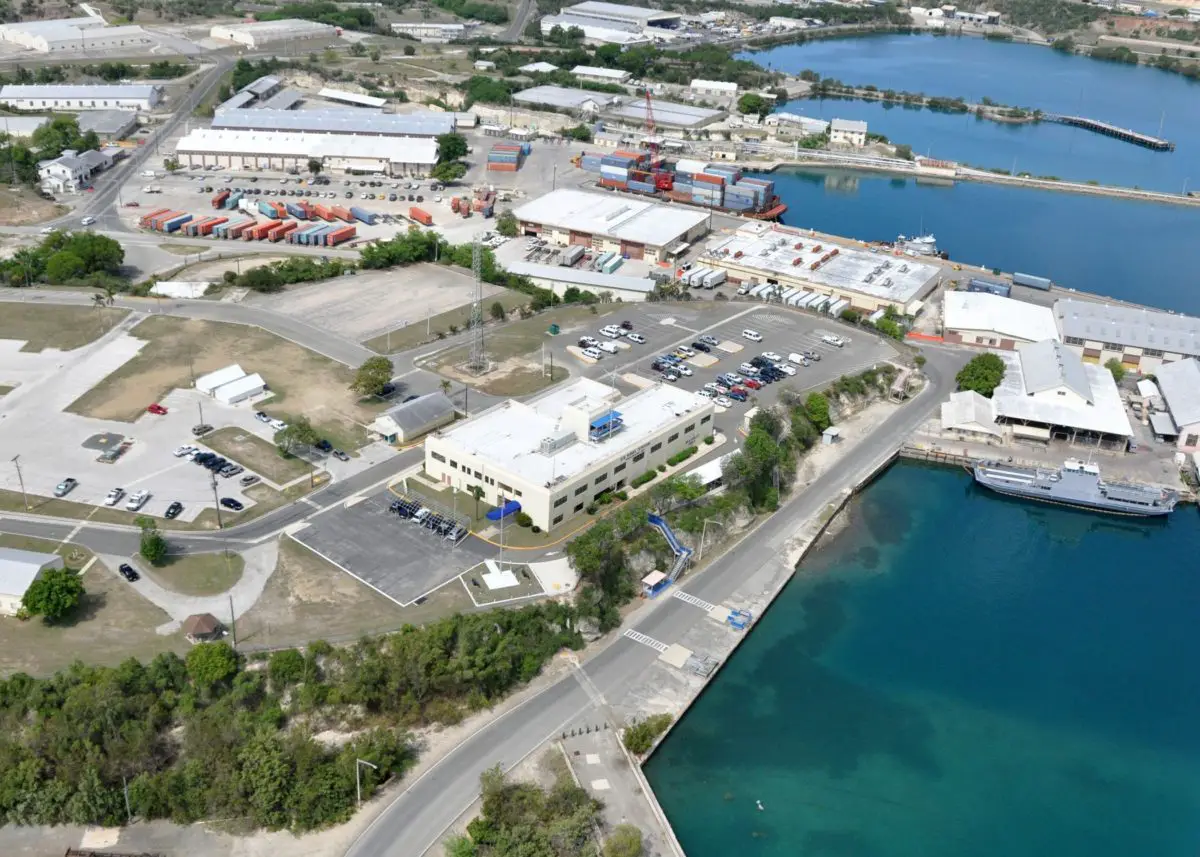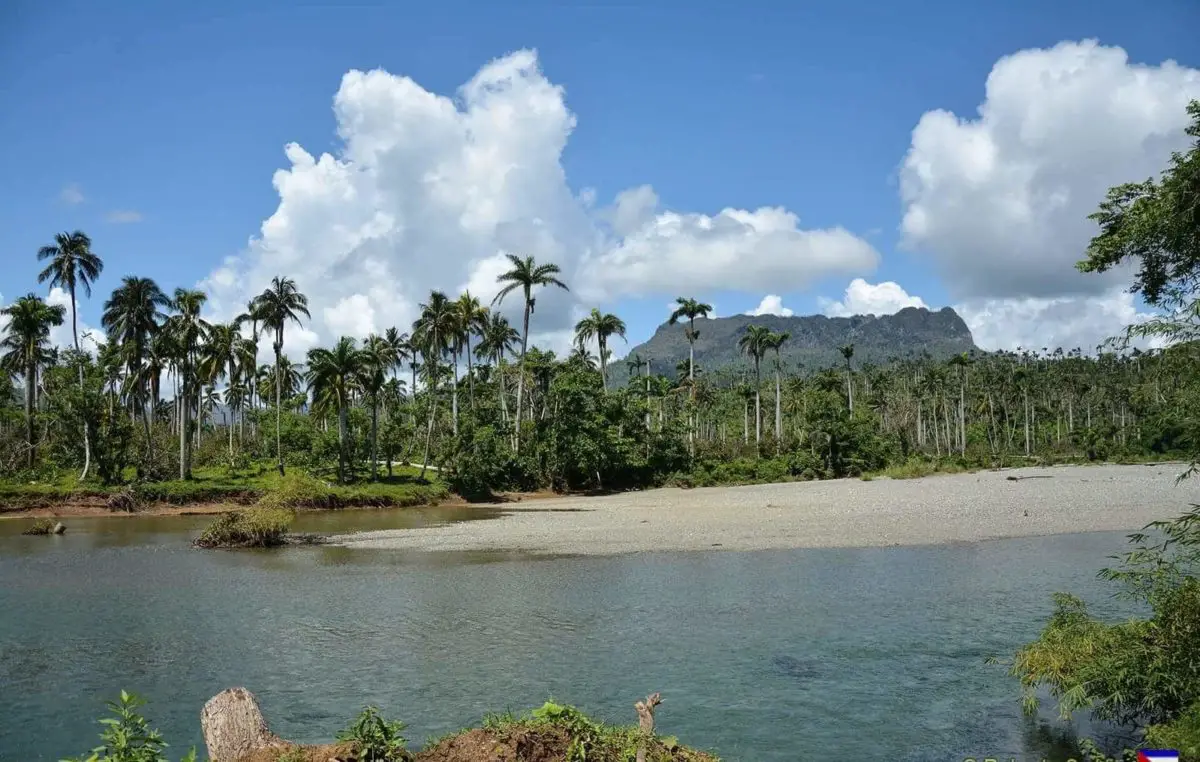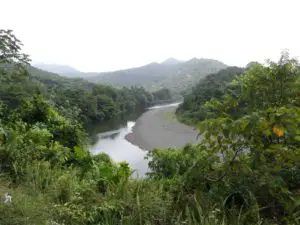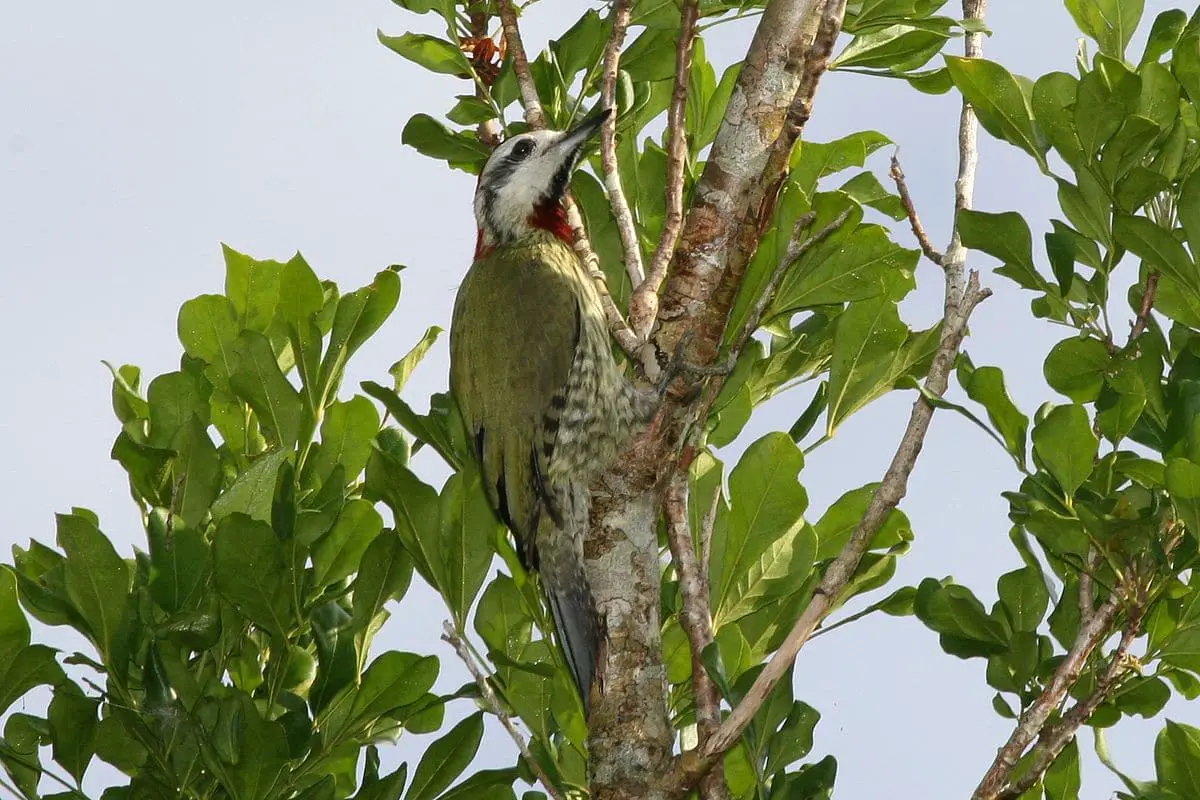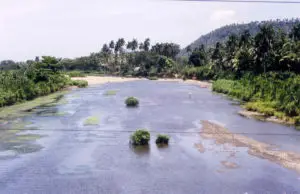In Cuba there are several rivers of great importance, but the most abundant is the Toa River, continue reading our article to learn more about this river of this beautiful Caribbean island.
The Toa River is the mightiest and largest river on the island of Cuba, with 72 tributaries, and although it does not originate in Baracoa, it has the largest cross-section in this area and is 131 kilometres long. It is a river very similar to the Savegre River in Costa Rica.
It is located in the district of Guantánamo, at the eastern end of the island. This area has one of the few remaining areas of rainforest.
The province has the only land border of the important US naval base, an excellent natural harbour used by the United States since 1898, when it was captured from Spain in the Battle of Guantánamo Bay.
In 1903, Cuba leased it to the United States under the terms of the Cuban-American Relations Treaty, and it remains the site of a US naval base and the Guantánamo Bay detention centre.
The Nipe-Sagua-Baracoa mountain range dominates the province, dividing the climate and landscape. The north coast, buffeted by the prevailing winds, is the wettest part of the country, while the sheltered and dry south is the warmest. The north is characterised by tropical rainforests, while the south is arid and cactus-rich.
The Toa is also notable for being the widest river in Cuba. With a length of 130 kilometres, it is the habitat of a large number of plants and birds. It is also notable for its depth and the lush forest it flows through, which is why it is known as the “Cuban Amazon”. Its snake-like shape is also reminiscent of the Amazon River.
Get to know the Toa River in Cuba on a boat trip in this beautiful video:
General characteristics of the Toa River
The Toa River basin covers 1,061 square kilometres (410 square miles) and has an average gradient of 260 metres (850 feet). It occupies about 70% of the Cuchillas del Toa Biosphere Reserve.
The area around the river is home to many species of endemic flora and fauna, including at least 1000 species of flowers and 145 species of ferns.
Endangered species such as the Tocororo (Cuba’s national bird) and the Hook-billed Kite (also known as the Hook-tailed Kite) are also part of the fauna of this area.
This basin is one of the most remarkable features of the Sagua-Baracoa Orthographic Group, considered a “terra incognito” since the last century. Visitors from all over the world are amazed and fascinated by the natural beauty and state of conservation of this jewel of world geography.
The Toa River basin, with its wide extension, has an average height of 488 metres above sea level, a slope of 260 metres and a high density of surface drainage (0.85 km / Km2).
It has an average rainfall of 2630 mm per year, the highest for any region in Cuba. Its main surface stream is the Toa River, which has a length of 131 km and a high annual flow of about 57 m3 /sec.
It is the least populated region in Cuba, almost deserted, with one inhabitant per square kilometre, so its waters are very clean, as is the case with the Mataje River.
Watch this documentary about what balsa means to the people who live near the Rio Toa:
Flora and fauna of the Toa River
Its large reserve of endemic flora and fauna is the most extensive in the country, combined with the existence of a rich autochthonous culture. There are a thousand species of flowers and 145 species of ferns. As in the Rio Cinaruco in Colombia, which is very similar to this river.
This fauna has birds in danger of extinction such as the “Real Carpintero Real” and the “Gavilán Caguarero”, the “Tocororo”, Cuba’s national bird, can also be found in these places, the well-known “Almiquí”, scientifically recognised as “Solenodon Cubanus”.
The Revolutionary Government of Cuba, in agreement with UNESCO, has declared the following areas of the Toa Basin and its completely enclosed areas to be World Heritage Sites: Cupeyal North Reserve, The Melva Reserve and the Cuchillos del Toa Biosphere Reserve, all considered World Biosphere Reserves.
Also proposed by the Ministry of Science, Technology and Environment (CITMA) as Nature Reserves are Pico El Toldo, Pico Galano, Quibiján, Puriales de Cajuerí, Duaba and Yunque de Baracoa, which is already a National Monument, all in the Sagua-Baracoa Group. In Venezuela, there is a nature reserve on the Orinoco River.
Watch this video to learn more about other sites along the Toa River in Cuba:

